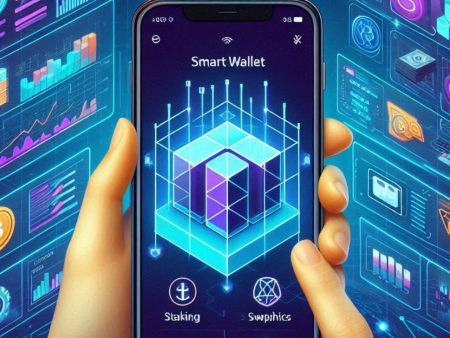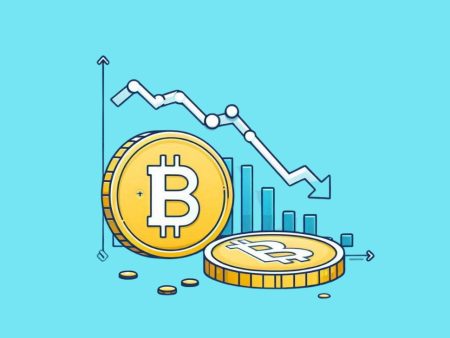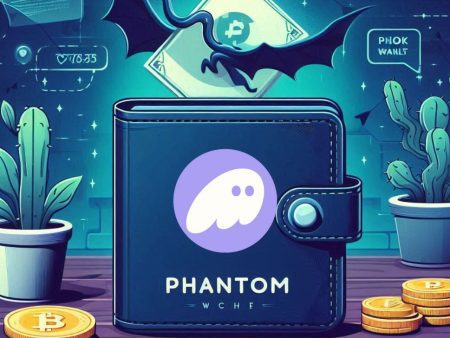How to Find Crypto Wallet Address is a quick guide to help you accurately identify and retrieve your crypto wallet address on any platform, suitable for both beginners and advanced users. A wallet address is a unique string used to receive and send cryptocurrencies, with each blockchain having its own format such as Bitcoin (starting with “1”, “3”, or “bc1”), Ethereum (“0x”), Solana, Litecoin (“L”, “M”), Ripple (“r”), and more. Identifying the correct wallet address and coin type is crucial to avoid asset loss during transactions.
This article provides step-by-step instructions for finding wallet addresses on popular apps, explains the different formats, how to use QR codes, and important security tips when sharing your address. If you want to transact safely, accurately, and fully understand how crypto wallet addresses work, don’t miss the detailed analysis from TOPCOIN9 below.
Introduction to Crypto Wallet Addresses
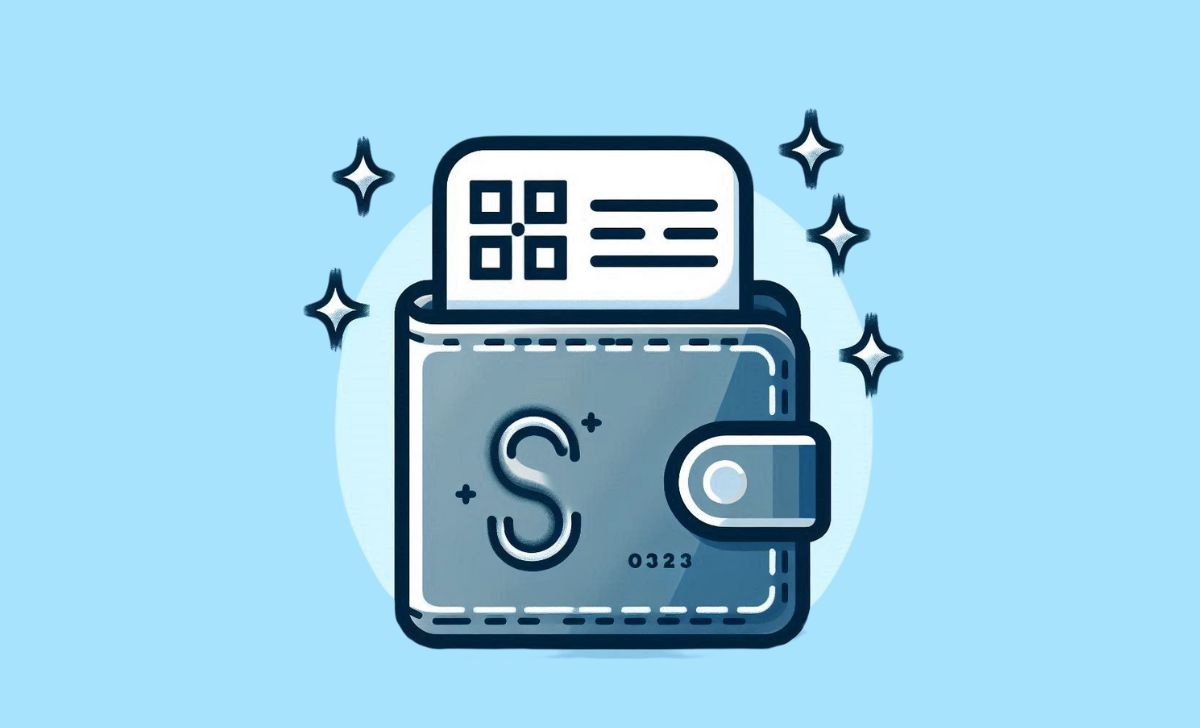
A crypto wallet address is a unique string that lets users send and receive digital assets on a blockchain (Coinbase, 2024; Gemini, 2025; Wikipedia, 2012). Each cryptocurrency uses its own address format, and using the correct one is crucial to avoid loss of funds (Coinbase, 2024; Gemini, 2025). Wallet addresses are public for receiving funds, but only the private key holder can access those assets (Wikipedia, 2012; Gemini, 2025).
Now that you understand the basics of crypto wallet addresses and their importance in digital asset management, let’s explore how to find your wallet address on some of the most popular wallets.
How to Find Your Crypto Wallet Address on Popular Wallets
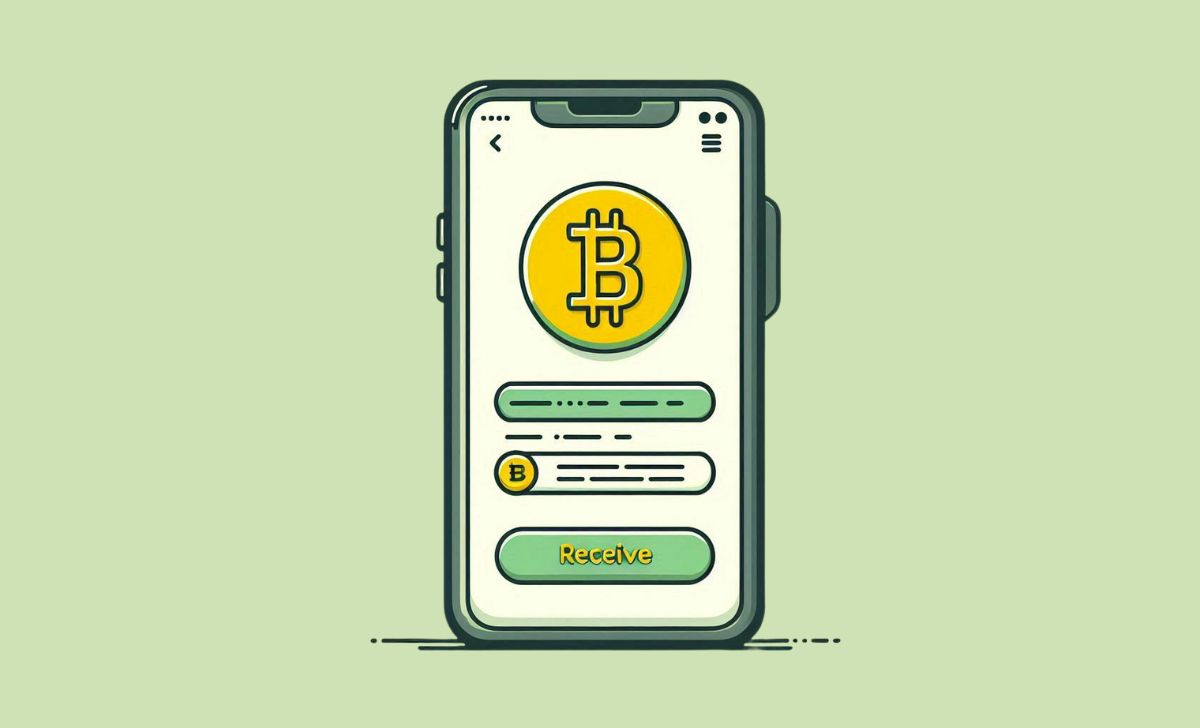
Finding your crypto wallet address is essential for receiving digital assets, and the process is simple on most major wallets (MetaMask, 2025; Bitget, 2025; YouTube, 2024).
- MetaMask: Open the app or extension, select your account, and your public address appears beneath the account name. Tap or click to copy, or access the QR code for easy sharing (MetaMask, 2025; MetaMask Support, 2025).
- Trust Wallet: Open the app, choose the desired cryptocurrency, tap “Receive,” and your wallet address with a QR code will be displayed for copying or sharing (YouTube, 2024).
- Phantom Wallet: Launch the app, tap the “Receive” icon, and select the asset. Your wallet address and QR code will appear, ready to copy or scan (YouTube, 2025).
- Ledger (Ledger Live): Log in to Ledger Live, select your account, and click “Receive” to display your wallet address. Verify the address on your Ledger device for added security (YouTube, 2023).
- Coinbase Wallet: Log in, go to the Portfolio section, select the cryptocurrency, and click “Receive” to view and copy your unique wallet address (Bitget, 2025).
For those using Solana, many Solana wallets like Phantom or Solflare provide a straightforward way to access your wallet address simply select SOL or any SPL token, and your unique Solana address will be displayed along with a QR code for easy sharing.
Always double-check you are using the correct address for each cryptocurrency to avoid loss of funds, and never share your private key or seed phrase (MetaMask, 2025; Bitget, 2025).
After learning how to locate your wallet address within popular wallet apps, it’s also useful to know how to find a wallet address using blockchain explorers for added transparency and verification.
How to Find a Wallet Address on Blockchain Explorers
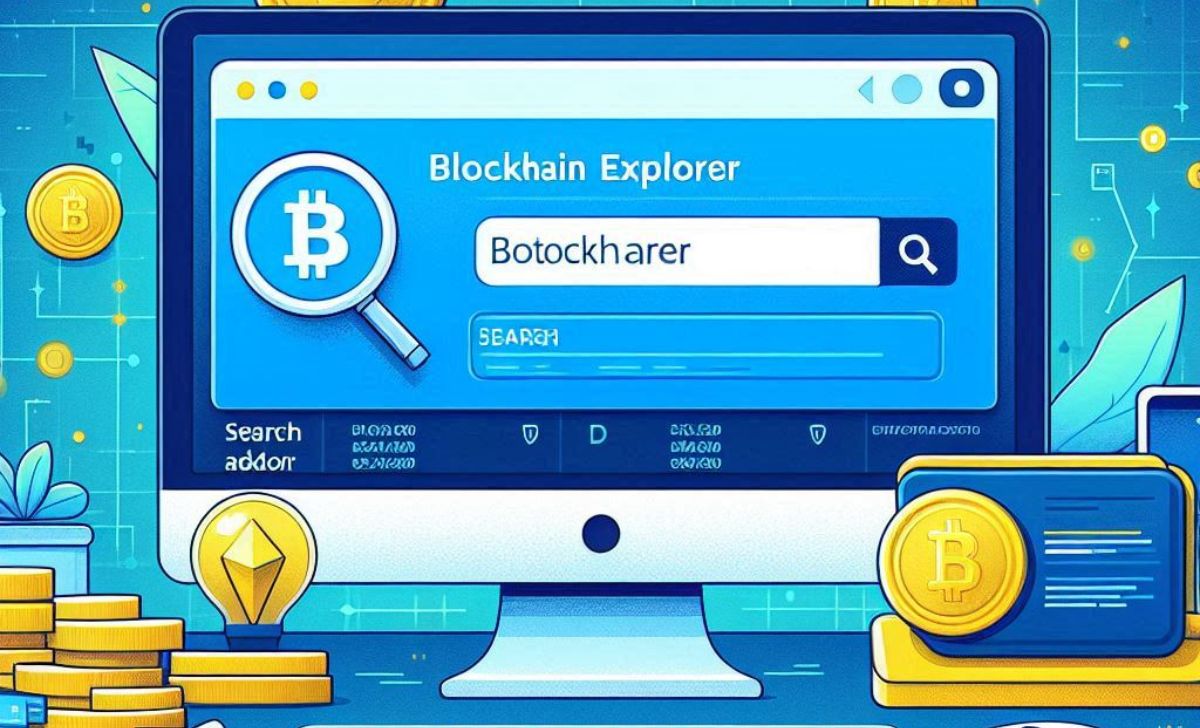
Blockchain explorers are public tools that let anyone search for wallet addresses, view balances, and track transaction histories on various blockchains (CoinLedger, 2024; CoinMarketCap, 2024; MyEtherWallet, 2024).
- Step 1: Go to a blockchain explorer website that matches your cryptocurrency (e.g., Blockchain.com for Bitcoin, Etherscan for Ethereum, Solscan for Solana) (CoinLedger, 2024; CoinMarketCap, 2024).
- Step 2: Enter the wallet address, transaction ID, or ENS/domain name in the search bar. The explorer will display the wallet’s balance, recent transactions, and full history (CoinLedger, 2024; CoinMarketCap, 2024; MyEtherWallet, 2024).
- Step 3: For added details, click on individual transactions to see amounts, timestamps, and related addresses (CoinLedger, 2024; MyEtherWallet, 2024).
- Note: Blockchain explorers only show public information. The identity behind a wallet address is not revealed unless publicly linked (Bitget, 2025).
Using explorers is a secure and transparent way to verify wallet activity, confirm transactions, and monitor balances across multiple blockchains (CoinLedger, 2024; MyEtherWallet, 2024).
With these methods in mind, let’s move on to essential tips for sharing and securing your wallet address to protect your assets and privacy.
Tips for Sharing and Securing Your Wallet Address
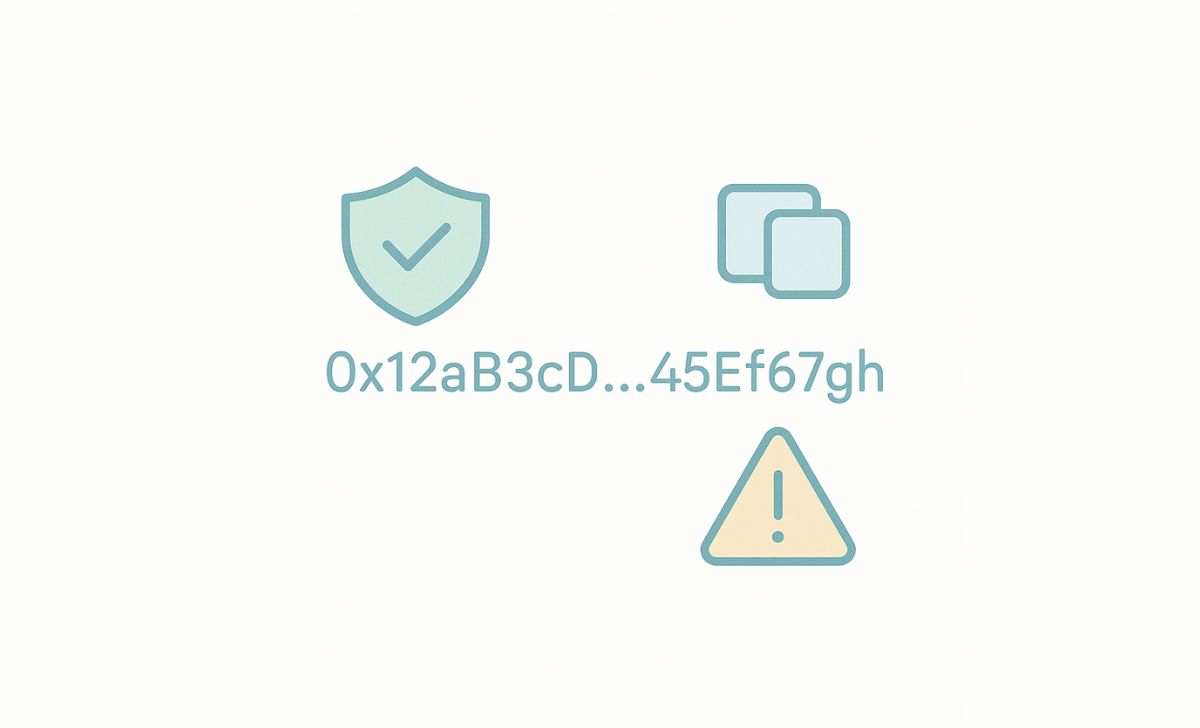
Sharing your wallet address safely and securing it are crucial steps to protect your digital assets from scams and unauthorized access (Wikipedia, 2023; Gemini, 2025; Coinbase, 2024).
- Share only your public wallet address, never your private key or seed phrase, to prevent loss of funds or account compromise (Gemini, 2025; Wikipedia, 2023).
- Always double-check the address before sending or receiving crypto. Use copy-paste or QR codes to avoid errors and phishing attacks (Coinbase, 2024; Gemini, 2025).
- Be cautious with unsolicited requests for your wallet address and avoid sharing it on public forums to reduce the risk of targeted scams (Wikipedia, 2023; Gemini, 2025).
- Enable security features like address whitelisting and two-factor authentication on exchanges and wallets for added protection (Coinbase, 2024).
- Regularly monitor your wallet activity using blockchain explorers to detect any unauthorized transactions quickly (Coinbase, 2024).
Following these best practices helps ensure your wallet address is used safely, keeping your crypto assets secure and accessible only to you (Gemini, 2025; Wikipedia, 2023).
Finding your crypto wallet address is simple and essential for secure transactions just open your wallet app, select the asset, and copy the unique address or scan the QR code. Always double-check the address format for each blockchain to avoid irreversible mistakes and keep your private key safe at all times. For more expert guides and the latest crypto tips, follow TOPCOIN9.

As a certified blockchain security expert with over 8 years in cybersecurity, James Anderson specializes in auditing smart contracts and identifying vulnerabilities in DeFi protocols. His expertise ensures that TopCoin9 delivers reliable insights on blockchain security and risk management.
Email: [email protected]
